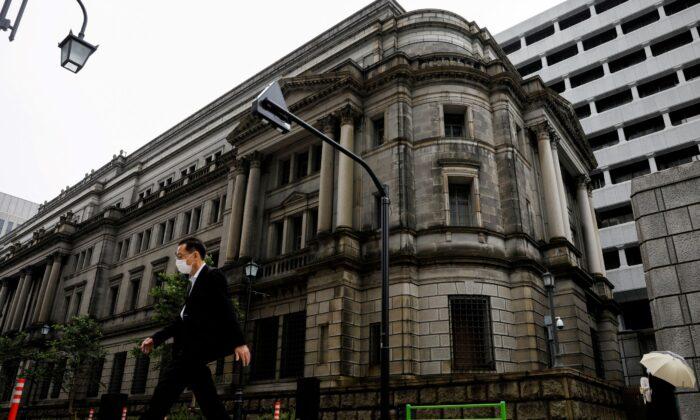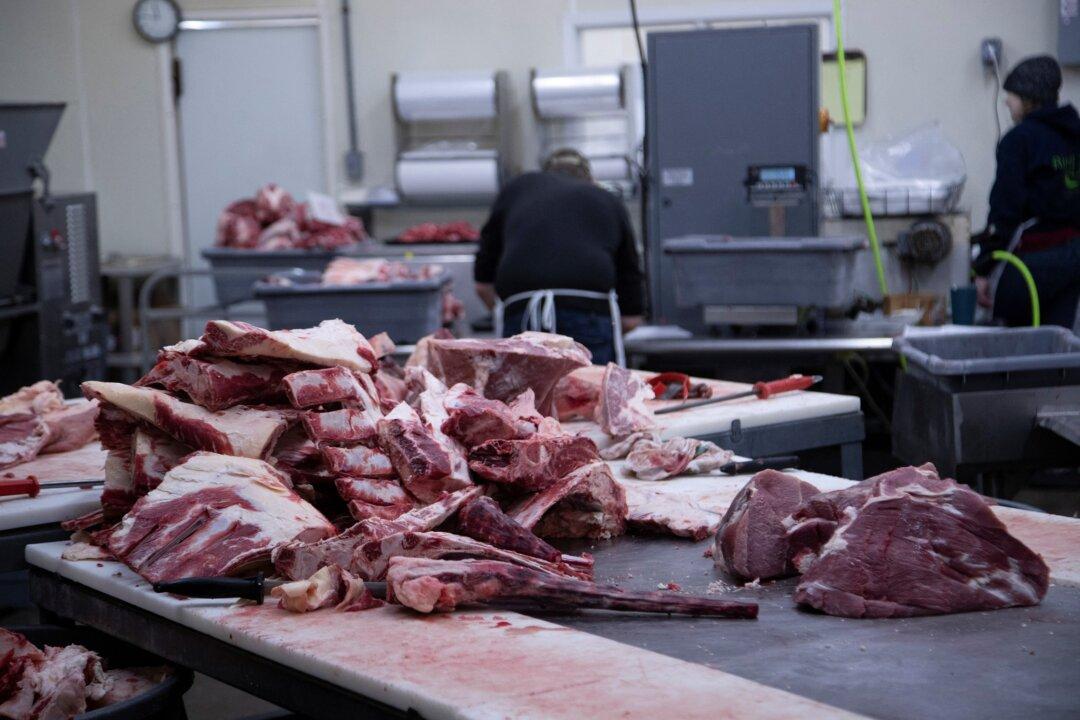TOKYO—Bank of Japan (BOJ) policymakers in September saw rising risks to the economy from slowing Chinese growth, semiconductor shortages and Southeast Asian factory shutdowns, a summary of opinion expressed at their monthly rate review showed on Friday.
Such heightening external risks could affect the BOJ’s fresh quarterly growth projections, due at its next policy-setting meeting on Oct. 27–28.
“Exports and output continue to rise. But we must carefully watch how chip shortages and disruptions in Southeast Asian parts factories affect capital expenditure and corporate funding,” one board member was quoted as saying in the summary.
“There are signs China’s economy is slowing even as the global economy continues to recover as a trend,” according to another opinion shown in the summary.
While most policymakers maintained their view the economy was headed for a moderate recovery, one said it will temporarily take a hit from supply constraints and continued weakness in retailers’ sentiment due to the coronavirus pandemic, the summary showed.
“It’s important to maintain a mix of (expansionary) fiscal and monetary policy even when the economy emerges from the pandemic’s doldrums and begin to normalise,” one board member said.
At the Sept. 21–22 meeting, the BOJ kept monetary policy steady, but downgraded its assessment on exports and output, reflecting the widening impact of Asian factory shutdowns and supply constraints.





